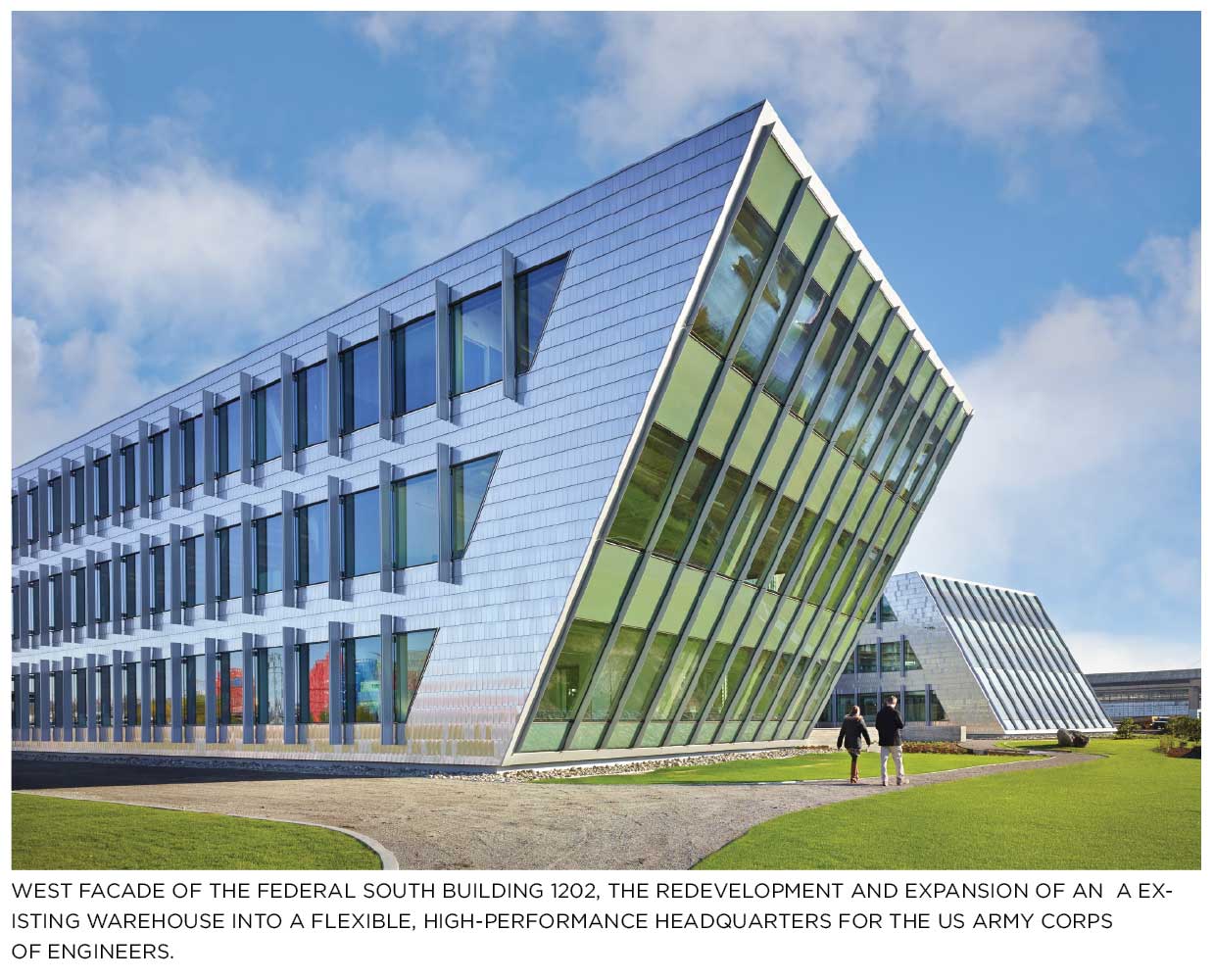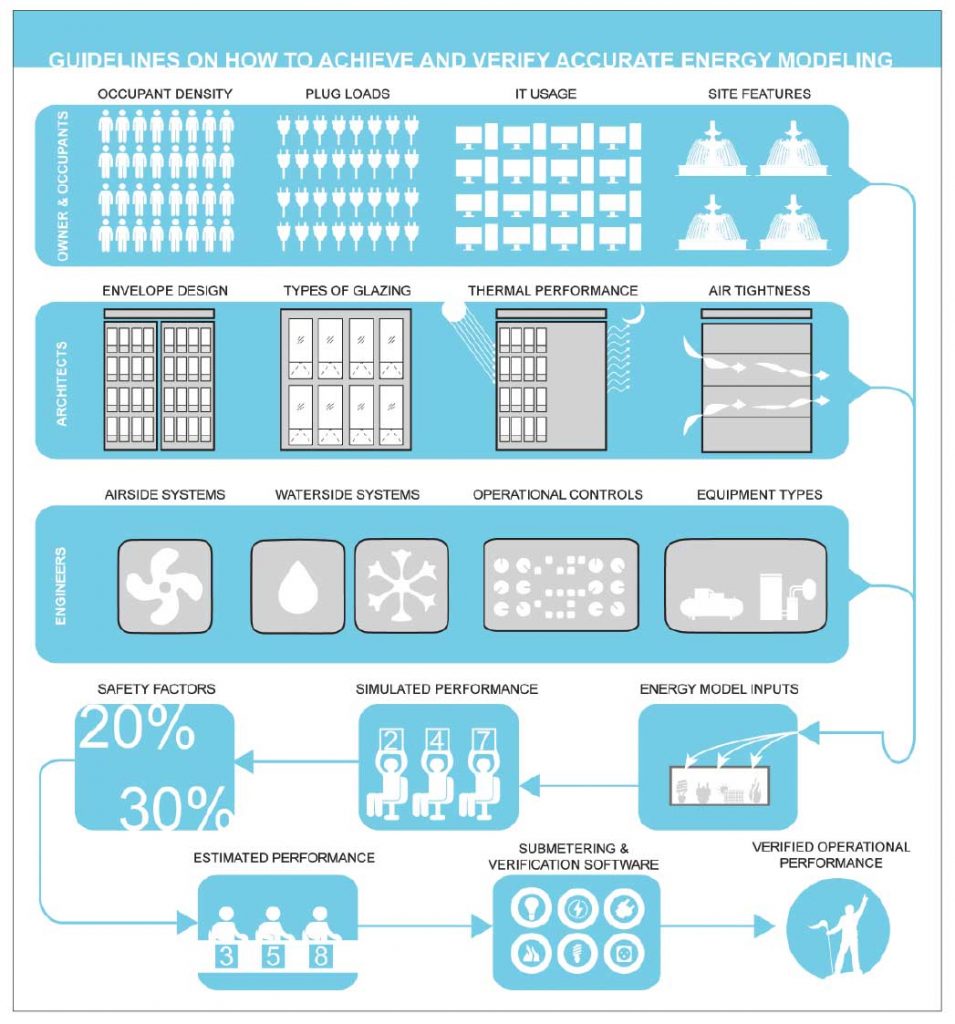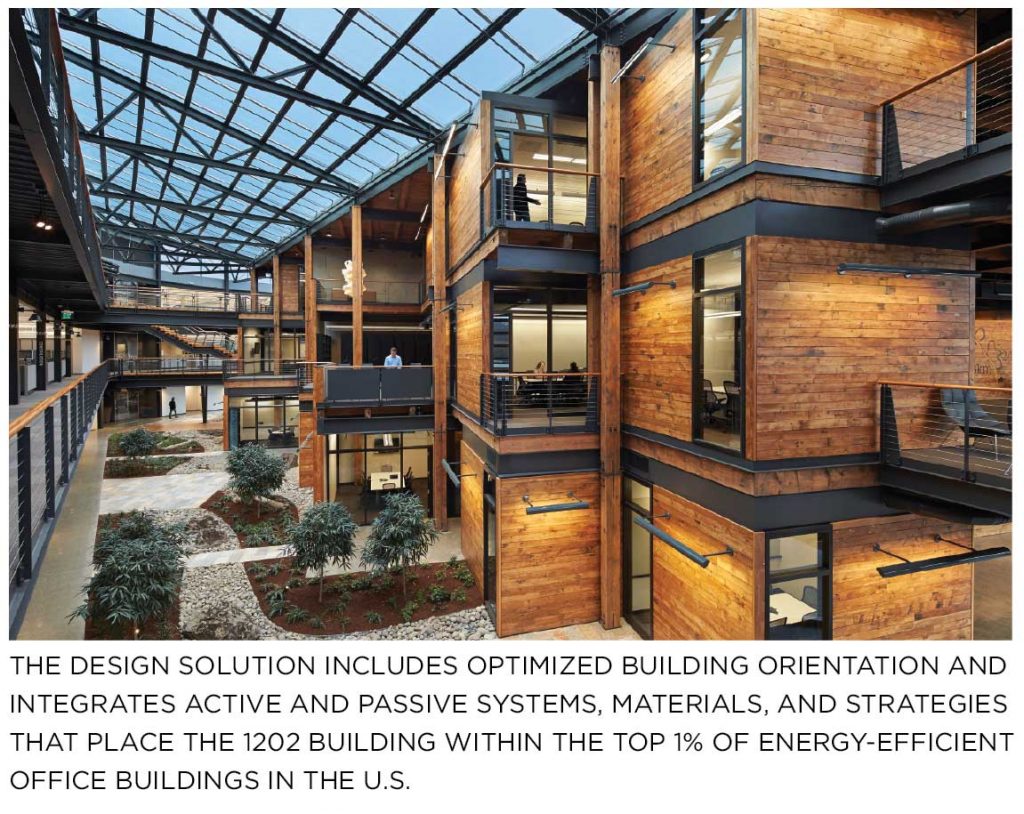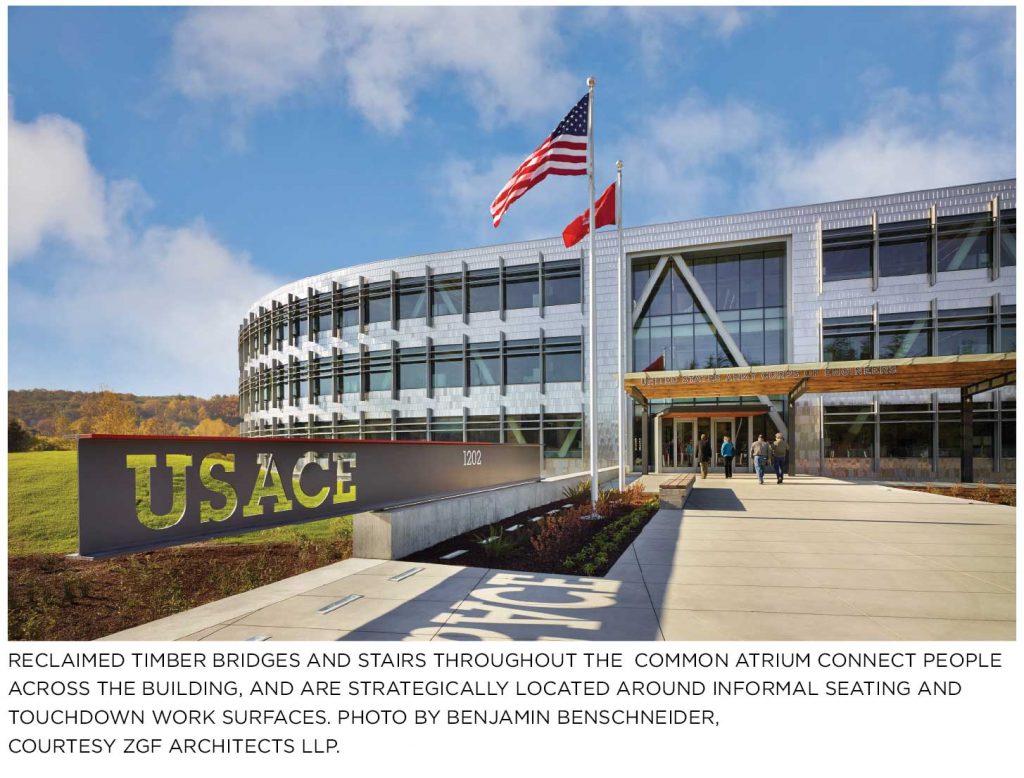
Energy modelling must deliver the goods
The next great leap in the design of sustainable buildings is measuring and reporting the operational building performance. Traditionally design teams have ensured buildings are built as designed but have had limited involvement in the operation of a building. New rating systems, building codes and client contracts are dramatically changing this. Design [and construction] teams are being asked to specify and guarantee the maximum annual energy use of their buildings as estimated using energy models. This creates complex new relationships between designers, energy modellers, contractors and owners. This article explores what is driving the market toward actual energy performance, tools that are used to accurately estimate energy usage, guidelines on how to achieve accurate energy modelling results, and methods to verify performance.
By David Mead
What is driving the market toward actual energy performance?
The building market has been transformed by LEED in the past 10 years. Recent criticism of LEED mostly relates to how a number of LEED buildings have not performed as expected in regard to their actual energy usage. Critics have focused almost exclusively on actual energy performance, showing how scandalous it is that LEED certified buildings aren’t as energy efficient as similar non-certified projects of the same era. This is a great example of critics misrepresenting a rating system which was never exclusively about energy performance. Energy performance is part of the rating system but a building that is net zero may not be LEED Platinum, since site, indoor air quality and innovation are also evaluated for LEED certification.
Critics use energy as an easy target to compare buildings. But criticism is valid when looking at how some LEED buildings have not been performing anywhere close to their expected energy usage. Clients, building codes and rating systems are starting to demand more from design teams so that buildings perform as predicted.
Many other green building rating systems are calling for actual energy performance. The Passive House system is a great example where maximum energy usage thresholds must be met in the first year of building occupancy. The Architecture 2030 challenge, Living Building Challenge, Net Zero Energy Certification and Energy Star all look at actual energy performance. By comparison, LEED has a design energy model that it compares to a hypothetical baseline building defined in ASHRAE/IES/ANSI 90.1. There are advantages to the LEED method in that it helps manage the liability to the design team to guarantee performance of a building that they won’t occupy. Building owners often run buildings in very inefficient ways and design teams have no control over this.
One would be hard pressed to find many people interested in guaranteeing performance that is greatly out of their control. It can be compared to agreeing that your neighbour will stay on a weight loss program. You design the diet plan and give it to your neighbour for them to implement. They have an entire year to stick to the plan and you have to guarantee they will lose a certain amount of weight. The plan may be a brilliant design that could get anyone to their target weight but it is up to them to implement it.
David Mead AIA, IES, LEED BD+C is an associate with WSP Built Ecology in Seattle, WA. David has been working for over 10 years on high profile sustainable building designs, first as an architect and for the past five years as a high-performance design consultant to architects and engineers looking to enhance their designs.




